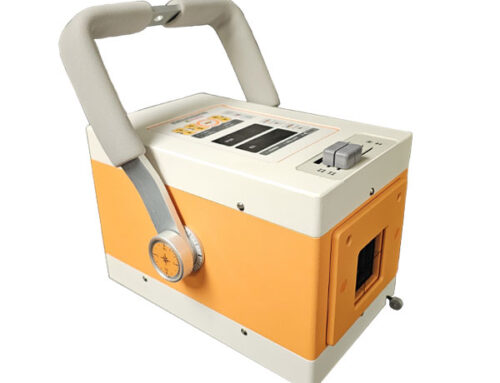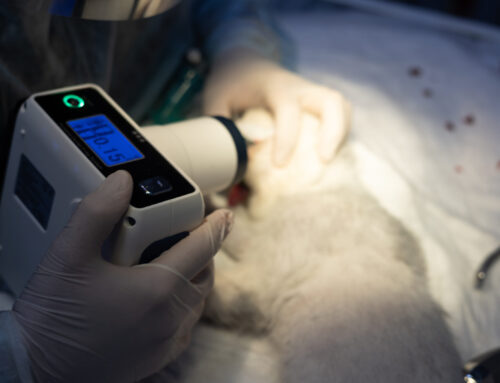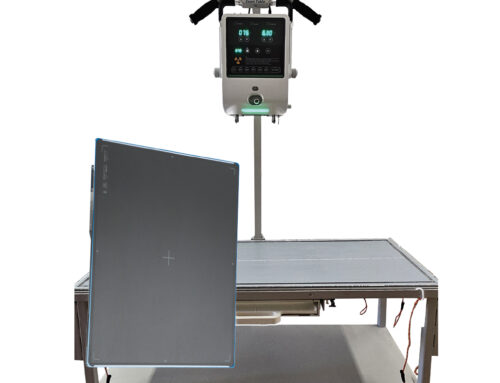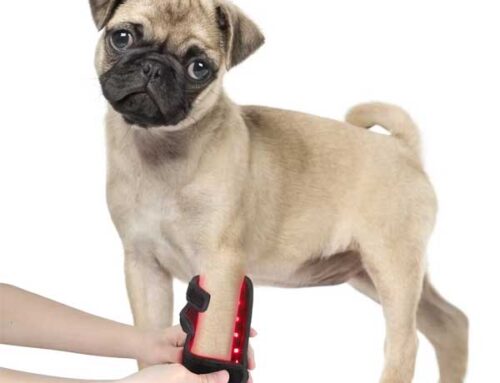Kittens and cats. We rescue them, buy them, and spoil them. We love everything about them. Well, maybe not everything. There’s not a cat lover alive who hasn’t experienced the joy of cleaning feline vomit from some unsuitable location.
Most cat guardians and many veterinarians probably consider regular vomiting of food, bile or hairballs “normal” for a cat. The truth is, it may not be normal, especially if the vomiting is frequent.
While it is true that most cats will vomit occasionally as a result of ingested hair, it should not be happening often. Sure, hairballs may result in vomiting; even choking or gagging. If your cat is vomiting every couple of months but is otherwise healthy, it’s probably not a big deal.. However, if your cat is vomiting several times a week, there may be something much more serious happening; there are many other conditions that may cause similar symptoms.
If you believe that hairballs are to blame for your cat’s vomiting, you need to take action to decrease the amount of hair your cat is able to ingest. Frequent and thorough grooming to remove loose hair is probably the best course of action. After all, if there’s no loose hair in your cat’s coat, there’s less hair to swallow. You can find deshedding tools at any pet site or store; and they really work!
A trip to your veterinarian for an examination may be in order, especially if the vomiting continues or if you notice additional symptoms, such as diarrhea, weight loss, or change in appetite.
A recent study published in the Journal of the American Veterinary Medical Association examined the medical records of 100 cats suffering chronic vomiting, chronic diarrhea, weight loss, or a combination. Abdominal ultrasonography combined with laparoscopy and biopsies of the small bowel were used to aid in diagnosis for these cats.
The study concluded: “Results suggested that cats with clinical signs of chronic small bowel disease should undergo detailed diagnostic testing because they are likely to have clinically important, diagnosable, treatable disease. Clinical signs of small bowel disease, especially weight loss and chronic or recurrent vomiting, are extremely common in cats. These signs should not be considered a normal condition and should not be ignored, regardless of common explanations given by owners, and cats with these signs should undergo appropriate diagnostic testing.”
There are several lessons we can learn from this important study:
- Take every opportunity to weigh your cat when at the vet. Weight loss was the most common sign of disease, sometimes without vomiting or diarrhea.
- An ultrasound, which is non-invasive, should be used to measure the thickness of the small intestine of cats presenting with vomiting, diarrhea and/or weight loss. If the bowel is abnormal, surgical biopsies should be taken and sent to the lab for analysis.
- Old age should not be a reason to decline anesthesia and surgery. Don’t delay the treatment suggested.
- Vomiting more than twice a month is a reason to go to your family veterinarian, and it should always be investigated.
Questions to ask the veterinarian
- If your cat vomits more often than twice a month, ask your veterinarian what can be done–not just to prevent vomiting, but to find a cause.
- We found the cause. What’s the treatment?
- What is the prognosis for the cat?
***
This blog is brought to you by Diagnostic Imaging Systems. Diagnostic Imaging Systems, Inc. (DIS) has been providing Quality Imaging products since 1983. The company combines industry knowledge with an understanding of the veterinary practice. For more information, go to Diagnostic Imaging Systems, Inc. website at: www.vetxray.com
All content provided on this blog is for informational purposes only. The owner of this blog makes no representations as to the accuracy or completeness of any information on this site or found by following any link on this site. The owner will not be liable for any errors or omissions in this information nor for the availability of this information. The owner will not be liable for any losses, injuries, or damages from the display or use of this information. These terms and conditions of use are subject to change at any time and without notice.





